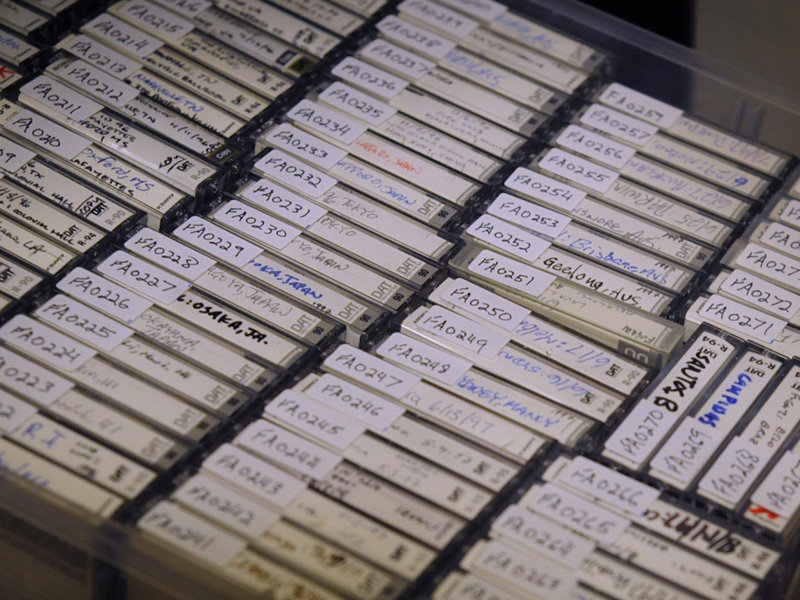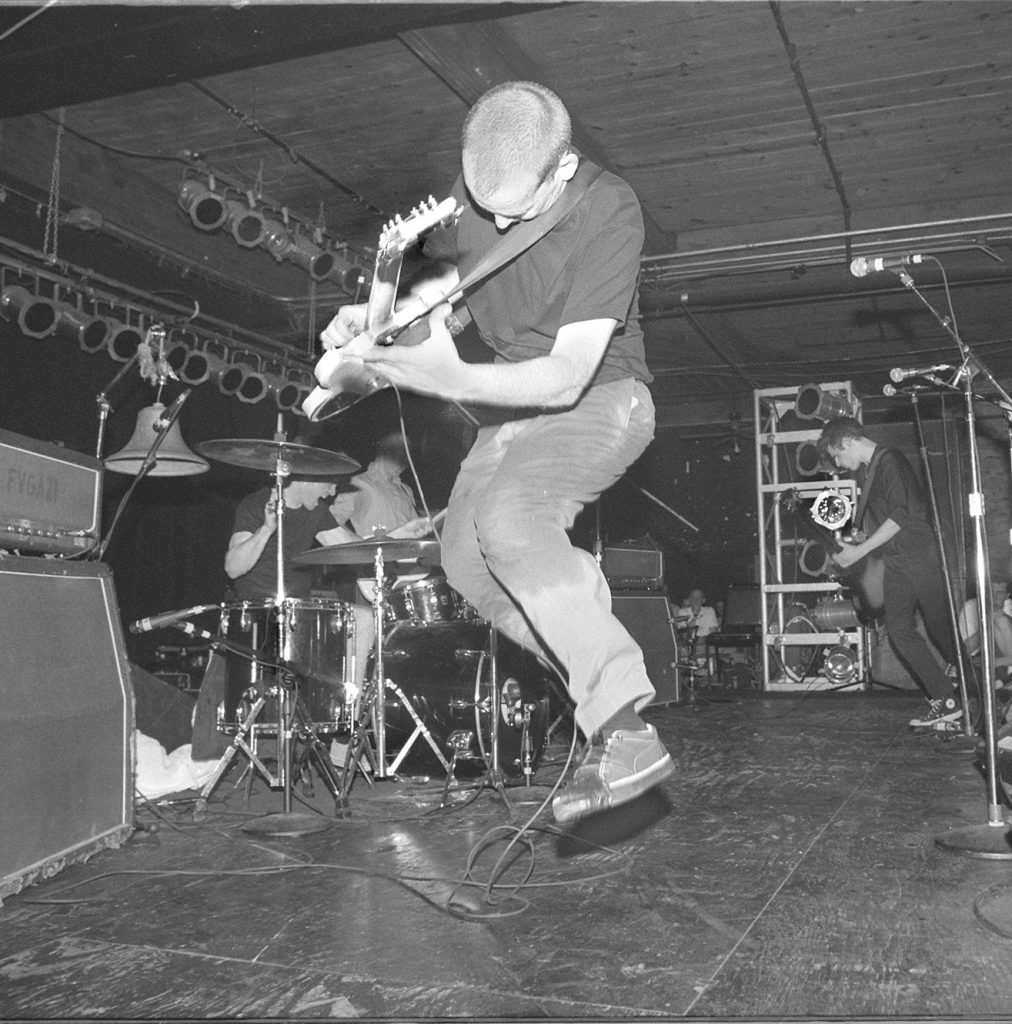Using the past to inform the present? Look no further than the stage. Centuries old plays and operas continue to grace the world’s most glorious stages with their presence, still marvelling audiences with their timeless mastery that never wavers. Archives and libraries are full of manuscripts documenting these performances, so it’s logical for playwrights, directors, composers and performers to delve into collections, drawing their next production and inspiration from the source.
Very often though these productions rest on the reputation and laurels of their composer and author. Shakespeare is Shakespeare, Mozart is Mozart, Thornton Wilder is Thorton Wilder etc. Stripped down or re-adaptations of iconic classics never shirks the shadow of their creator. So how does one create an opera built upon and inspired by one of the music most voracious, provocative and inspiring acts ever and be seen as an independent work resting on its own creative ingenuity. That’s exactly what It’s All True is trying to accomplish.
It’s All True is an opera by New York group the Object Collection, built upon the Fugazi Live Series Archive and the era it captured.
Despite only coming to a conclusion 15 years ago, iconic DC punk band Fugazi have made a big enough impact to solidify themselves as social and musical pillars of the 20th century. In 2011 they launched the Fugazi Live Series Archive. Obsessive collectors, Fugazi recorded almost every show they played. The band and a team of DC librarians digitized and catalogued over 500 live shows the band played from 1987-2002.
It’s All True is composed out of the “random feedback, aimless drum noodling, pre-show activist speeches, audience hecklers, and the police breaking up gigs” tucked away in the archive. In their words the production is an “overloaded, maddening, mundane, properly funny, and a radical incitement to action”.
We spoke to lead composer and Object Collection co-founder Travis Just about the opera’s conception, archival re-use, and not letting the source material’s reputation shadow the new creation.
It’s All True came to our attention just a few weeks after our Fugazi Archive 4th of July radioshow for Red Light Radio. All of a sudden it was everywhere. Pitchfork, FACT Mag, Noisey, Spin and more picked up the story: “Fugazi endorses Fugazi inspired opera”. The wave of PR came as a frustratingly worrying shock to Travis Just, “we’re not trying to coattail on their reputation, that would be in direct opposition to what we state in the piece.” Because It’s All True is not an opera of Fugazi’s music. In fact there’s no real “music” from Fugazi in the piece and Just wants to make that clear. The opera’s tunes comes from the incidental and detritus that fill any show, especially a basement or DIY punk show. The it’s composed solely out of tuning breaks, banter, fights, cops, long-winded political rants from frontmen, checking amps, feedback and the omnipresent bored drummers filling silence with an unnecessary cacophony.
It’s these little signifiers – almost like the scribbled in margins of an old manuscript- that Just and the Object Collection wanted to explore. “The way that we went about composing the piece is that we had a particular stance of trying to get at an attitude and exploration of what an archive even can and if it still has resonance using this material; is there still something there and if there is how does it resonate?” And Just can’t wait for the press frenzy to dissipate so that the work can be seen for what it is on its own.
But to pick Fugazi as a theme and their archive as a soundbank was not an objective decision. The band has a way of leaving a lasting impact on their fans. “They’re a band that teach you how to live your life and how to be an artist” says Just. So why Fugazi?
Perhaps what makes the D.C. punks so impactful compared to other punk or rock bands of that era is that Fugazi in 1988 is basically the same as Fugazi in 2002. “There’s something about Fugazi. There’s a very consistent through-line of the attitude and lyrical content that they present and the way the produce and represent the material as well as the environments they put themselves into that is consistent across the board. It’s something that is very unique to them and their output. But we asked ourselves from the beginning if that’s something that carries itself in the sonic content? The piece is not about them (Fugazi) but it’s hard to imagine it coming from anyone but them”.
Musically, It’s All True is an abstract masterpiece. Getting an exclusive peek into the opera’s entire written score one can trace the ambivalent drum patterns and guitar noodling that hints at a song about to be played in addition to a script that anyone familiar with Fugazi frontman Ian MacKaye will easily recognize; impassioned, repetitive verbose from a man who means every word he says either nonsensical or coherent. On stage, It’s All True is far from a punk show in that immediacy and directness give way to abstraction but the common threads of chaos, noise, disorientation remain strongly intact.

Heritage and archives are built on preserving tradition, a way of life. Fugazi’s archive is no different. It captures a span of time and series of events that capture the punk DIY tradition at its core. Re-use of archival heritage materials allows this tradition to be spun for a new era, a new perspective. More often than not though, the source material takes center stage and the new work is simply an addendum or homage to that original piece any stage adaptations of Don Giovanni. But It’s All True, doesn’t want to be seen as a Fugazi opera as its slew of press attention made it out to be.
What caught my eye, while watching It’s All True was a quote (probably from MacKaye) “It’s an American tradition…every country you go to, yell Freebird. What else is there to live for if you don’t live for tradition right? I’ll tell you: smashing it.” If mash-up culture is about combining elements and using them to highlight something new, well then It’s All True is pure smash-up culture.
You can pre-order It’s All True now and catch it in a city near you. More info.
Cover image: M S, CC BY-SA
